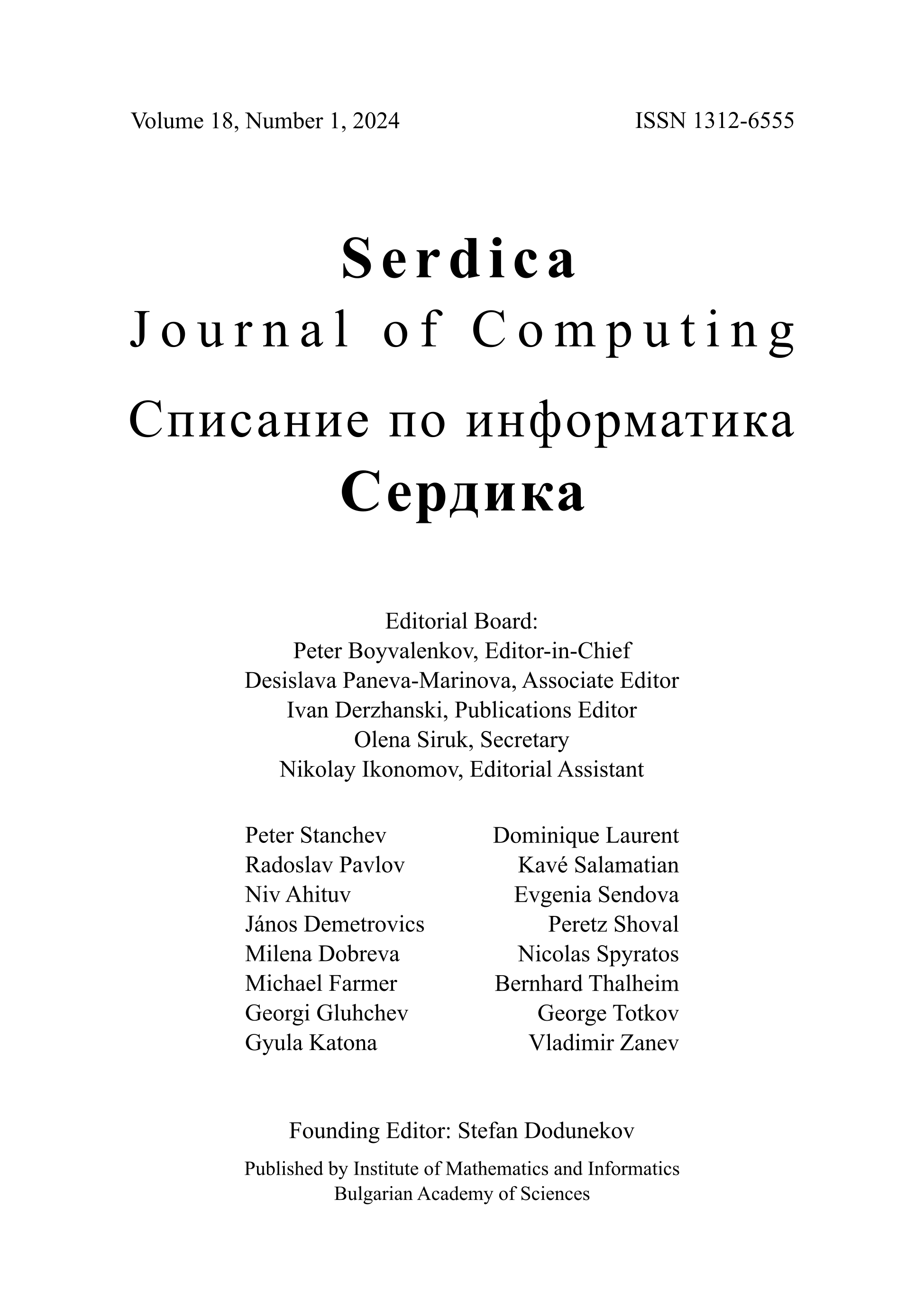Theoretical Hyperbolic Model of a Partial Agonism: Explicit Formulas for Affinity, Efficacy and Amplification
DOI:
https://doi.org/10.55630/sjc.2011.5.333-358Keywords:
Model, Agonist, Affinity, Efficacy, Amplification, ReceptorAbstract
The quantitative analysis of receptor-mediated effect is based on experimental concentration-responsedata in which the independent variable, the concentration of a receptor ligand, is linked with a dependent variable, the biological response. The steps between the drug–receptor interaction
and the subsequent biological effect are to some extent unknown.
The shape of the fitting curve of the experimental data may give some insights into the nature of the concentration–receptor–response(C-R-R) mechanism. It can be evaluated by non-linear regression analysis of the experimental data points of the independent and dependent variables, which could be considered as a history of the interaction between the drug and receptors. However, this information is not enough to evaluate such important parameters of the mechanism as the dissociation constant (affinity) and efficacy. There are two ways to provide more detailed information about the C-R-R mechanism: (i) an experimental way for obtaining data with new or selective or inactive compounds; and (ii) a theoretical way by making addi-
tional assumptions and experimental observations about some elements of the C-R-R mechanism.
Using the second way and basic postulates of the so-called occupation theory, a Theoretical Hyperbolic Model (THM) was developed in this study, in order to justify the nature of partial agonism in in-vitro bioassay studies.
The model could be used for sensitive analysis of the partial agonist’s behavior from the experimental dose-response data. The explicit formulas derived from the model describe the affinity and relative Stephenson’s efficacy.
Moreover, THM allows estimation of the receptor reserve of the almost full agonists under the assumption presented. When the design of the in-vitro bioassay allows assessing the maximal possible effect of a given isolated tissue, the affinity and relative efficacy of the respective partial agonists could be calculated from the experimental dose-response data. It was proved theoretically that the partial agonists have no receptor reserve. This finding confirms experimental results for partial agonists with varying potency. The THM is used further to explain the C-R-R mechanism and to understand more deeply the character of the affinity and efficacy of the agonists by introduction of a new agonist feature called amplification and the parameter amplifier. The THM is compared with other models related with the occupation theory of agonism. The differences and limitations of the application of THM are discussed.

